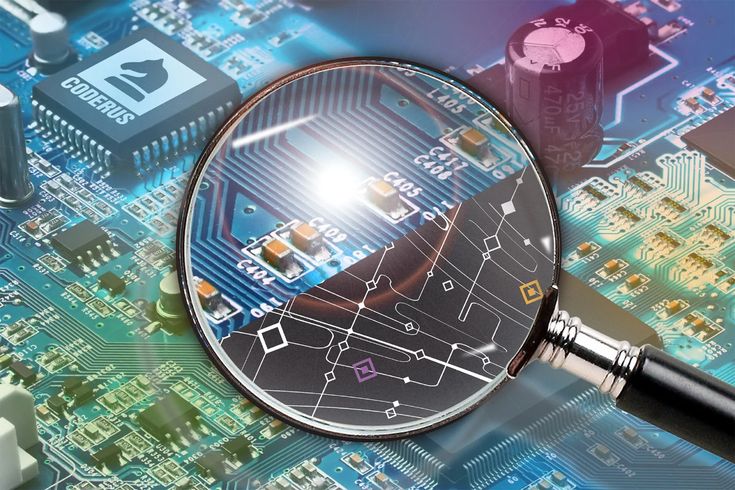Embedded systems form the backbone of modern technology, powering everything from smartphones to medical devices and automotive systems. Despite their ubiquity and importance, embedded systems are often considered a challenging subject to master. But why is this the case? In this blog, we will explore the reasons why embedded systems pose significant difficulties for students, engineers, and professionals.
1. Interdisciplinary Nature
Embedded systems require knowledge from multiple domains, making it an inherently interdisciplinary field. To excel in this area, one must be proficient in:
- Hardware Design: Understanding microcontrollers, processors, sensors, and actuators.
- Software Development: Writing efficient code in low-level programming languages like C or assembly.
- Electronics: Knowledge of circuit design, power management, and signal processing.
- Real-Time Systems: Designing systems that can meet strict timing constraints.
The integration of these disciplines demands a broad and deep understanding, which can be overwhelming for many learners.
2. Low-Level Programming
Unlike application development, embedded systems often involve low-level programming. This means interacting directly with hardware components, such as registers, memory, and I/O ports. Challenges include:
- Debugging: Identifying and fixing issues in hardware-software interactions can be extremely time-consuming.
- Efficiency: Writing optimized code to fit into limited memory and processing power.
- Learning Curve: Mastery of languages like C or assembly is essential, which can be daunting for beginners.
3. Resource Constraints
Embedded systems operate with limited resources, including:
- Memory: Developers must ensure their programs fit within a few kilobytes or megabytes.
- Processing Power: Systems often run on low-power processors that cannot handle computationally intensive tasks.
- Energy Efficiency: Devices like wearables and IoT sensors need to minimize power consumption.
Balancing functionality with these constraints requires careful planning and skill.
4. Real-Time Requirements
Many embedded systems are real-time systems, meaning they must respond to inputs or events within a strict time frame. This adds complexity because:
- Timing: Missing a deadline can lead to system failure.
- Concurrency: Managing multiple tasks simultaneously requires expertise in real-time operating systems (RTOS).
- Testing: Verifying that all timing requirements are met is a meticulous process.
5. Hardware-Software Integration
Embedded systems require seamless integration between hardware and software. Common challenges include:
- Hardware Dependence: Software must be tailored to specific hardware platforms, limiting portability.
- Testing: Debugging issues that arise from hardware-software interactions can be intricate.
- Customization: Often, developers must design or modify hardware components to suit application needs.
6. Evolving Technology
The field of embedded systems evolves rapidly, with new microcontrollers, development tools, and communication protocols emerging frequently. Keeping up with the latest advancements is essential but can be exhausting.
7. Lack of Standardization
Unlike traditional software development, embedded systems lack standardized development environments and tools. Each project may require:
- Different IDEs (Integrated Development Environments).
- Unique toolchains for compilation and debugging.
- Custom drivers and libraries for specific hardware.
This diversity increases the learning curve and development complexity.

